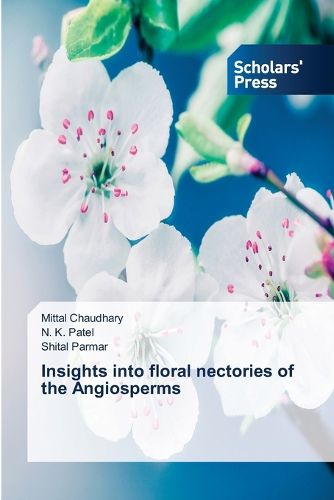Readings Newsletter
Become a Readings Member to make your shopping experience even easier.
Sign in or sign up for free!
You’re not far away from qualifying for FREE standard shipping within Australia
You’ve qualified for FREE standard shipping within Australia
The cart is loading…






Floral nectar is widely known as the key reward offered by animal-pollinated plants to their pollen vectors. This exudate is secreted by nectaries, i.e. glandular tissues located on various floral parts whose features are significant in plant taxonomy and phylogeny. Nectar is secreted with particular rhythms, throughout the lifespan of a flower, which allow the nectar production dynamics of a species to be determined. Knowledge of nectar production dynamics is fundamental to the understanding of the plant-animal relationship; aspects such as the plant's strategy of offering nectar, the activity patterns, frequency and diversity of pollinators of a plant species, the rates of nectar consumption by animals, among others, could not be understood without it. Nectar production may show diverse patterns according to the different guilds of pollinators that visit the flowers leading to the assumption that there are coevolutionary relationships between nectar traits and pollinator type.
$9.00 standard shipping within Australia
FREE standard shipping within Australia for orders over $100.00
Express & International shipping calculated at checkout
Floral nectar is widely known as the key reward offered by animal-pollinated plants to their pollen vectors. This exudate is secreted by nectaries, i.e. glandular tissues located on various floral parts whose features are significant in plant taxonomy and phylogeny. Nectar is secreted with particular rhythms, throughout the lifespan of a flower, which allow the nectar production dynamics of a species to be determined. Knowledge of nectar production dynamics is fundamental to the understanding of the plant-animal relationship; aspects such as the plant's strategy of offering nectar, the activity patterns, frequency and diversity of pollinators of a plant species, the rates of nectar consumption by animals, among others, could not be understood without it. Nectar production may show diverse patterns according to the different guilds of pollinators that visit the flowers leading to the assumption that there are coevolutionary relationships between nectar traits and pollinator type.